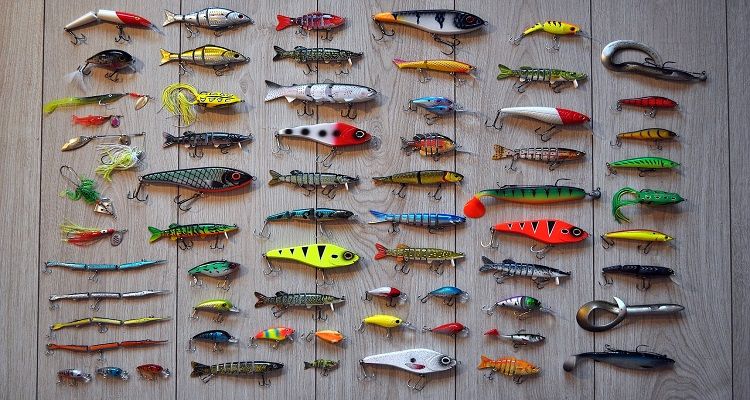How to hook a fish? Hooking a fish is sometimes technical, and it requires a good skill so as not to lose the fish. There are many fishing rod movements like jigging or twitching, to be learned if you want to catch fish because when it’s crunch-time you’ll lose fish if you can’t properly hook the fish. You have to do a lot of practice to be good at hooking the fish and that is why I am writing this article. I will be taking us through how to hook a fish. But before we start, I’ll like to highlight to us the basic materials needed for hooking a fish.
Materials
- Fishing line
- Needle nose pliers
- Hooks
- Plastic Worms
- Line cutter
- Bobbers
- Lures
- Sinkers
Now that we know all the basic materials needed for hooking a fish. it’s the right time to talk about.
How to hook a fish Properly
Position yourself well
The first thing to do when you want to hook is to position yourself well. Be in a stable position with your legs about shoulder-width apart and knees slightly bent before hooking the fish, The logic behind this is to have a better balance and stable stance. When hooking the fish you often need to torque your upper body and aggressively snap the rod feet shoulder-width apart to provide stability. Elbows should be close to your body. This provides more leverage and strength when hooking the fish if you’re not stable at your base, you can knock yourself off balance or don’t seem to be within the right stance to exert enough force.
Reel in the slack line
It is critical to reel in slack line before you hook the fish, and point the rod towards the fish before snapping it back. Without doing these two steps, you’ll decrease the effectiveness of the hook. When a fish strikes, snap the rod up over your shoulder or off to side set. You may twist your waist when snapping off to the side set to extend the ability of your hook set.
Move the hook towards fish
Move the rod towards the fish as you reel the line in, you should feel the fish’s weight. Once the slack is gone and you are able to feel the weight, keep your elbows in and quickly snap the rod up and over your shoulders using your forearms. This is important because it helps ensure the fish gets hooked.
Drive out the hook
Once the fish is hooked, keep steady pressure on the fish and drive the hooks home by cranking the reel some turns. The steady pressure is essential if you are fishing in serious vegetation or for toothed fish, as the rod snap is sometimes insufficient to bury the hook’s barb through the fish’s mouth and you’ll crank the reel some turns to complete the hook set.
Note that how hard you hook the fish and how fast will depend on the fish you’re targeting and your presentation technique. Soft-mouthed fish or light-weight biting ones solely would like a gradual, sweeping hookset, especially when using ultra-light gear, to ensure you don’t pull the hook away from the fish. Conversely, you’ll need hard hooking if fishing for hard-mouthed pike to ensure you bury the hooks into the fish’s mouth. When hooksets would like some extra-punch, strive to take a 0.5 or a full step back. This gives you more leverage but also quickly retrieves the slack line to give your hooking more power.
Conclusion
If you don’t want to continue losing fishes, you have to learn the tactics and techniques behind hooking a fish. Make sure you reel in slack line before you hook the fish and keep a tight line to ensures that when you move your rod, the hook moves too. Hooking the fish is to some extent a simple motion once you get the skill and sort of unlimited; however, circumstances like timing, bait representations, and fish species require you to design your action and the energy you put in hooking a fish.
You May Also Like:

Stevens is a professional fisherman and he likes fishing! He has been fishing for a long time and he loves using fishing accessories outing as well.

